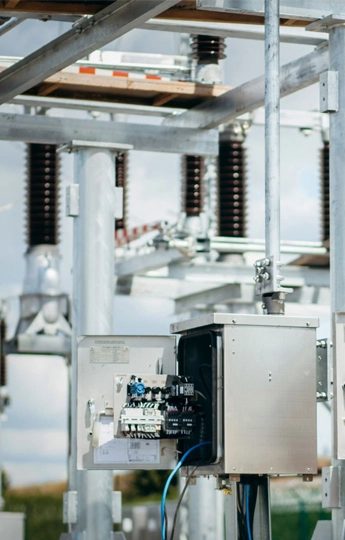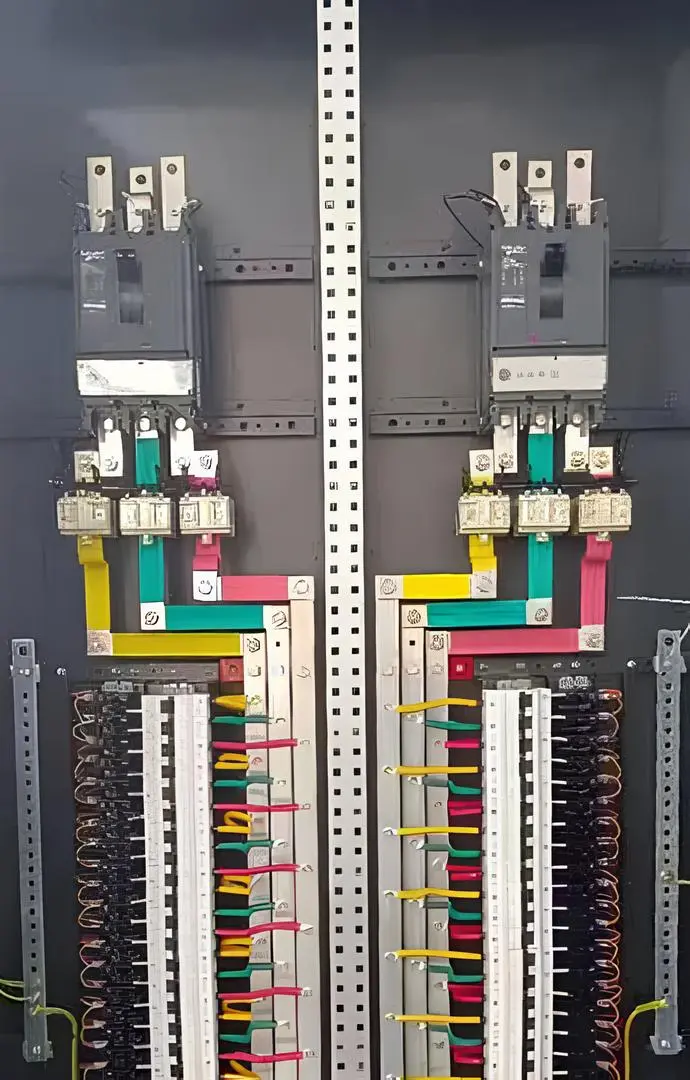AKH-0.66 series current transformer: the perfect combination of excellent performance and advanced design.
In electrical engineering, current transformers play a vital role as they provide accurate current measurement and protection for power systems. AKH-0.66 series current transformers rely on their flame-retardant, high-temperature-resistant shell, iron core wound with oriented cold-rolled silicon steel strips, secondary conductors made of high-strength electromagnetic enameled wire, as well as novel structures and beautiful shapes, which have become an indispensable and important equipment in electrical engineering.


Transformers are indispensable components in power systems, facilitating the efficient transmission and distribution of electricity. Ensuring their protection is crucial for maintaining the reliability and stability of the entire grid. Three key aspects of transformer protection include:
Overcurrent and Overload Protection: Overcurrent conditions, whether caused by overload or short circuits, can lead to thermal stress and insulation degradation in transformers. To mitigate these risks, protective relays are installed to monitor the current flow through the transformer windings. When abnormal currents are detected, these relays act swiftly to isolate the transformer from the system, preventing damage and potential outages.
Voltage Regulation and Surge Protection: Voltage fluctuations and transient surges pose significant threats to transformer insulation and winding integrity. Voltage regulation equipment such as tap changers and voltage regulators help maintain a stable voltage level, reducing the risk of insulation breakdown. Additionally, surge arresters are employed to divert excessive transient voltages away from the transformer, safeguarding it against damage.
Temperature Monitoring and Cooling Systems: Overheating is a common cause of transformer failure, often resulting from prolonged overload conditions or inadequate cooling. Temperature monitoring devices, including embedded sensors and thermal imaging cameras, continuously monitor the transformer's temperature profile. Cooling systems such as fans, radiators, and oil pumps are employed to dissipate heat and maintain the transformer within safe operating limits.